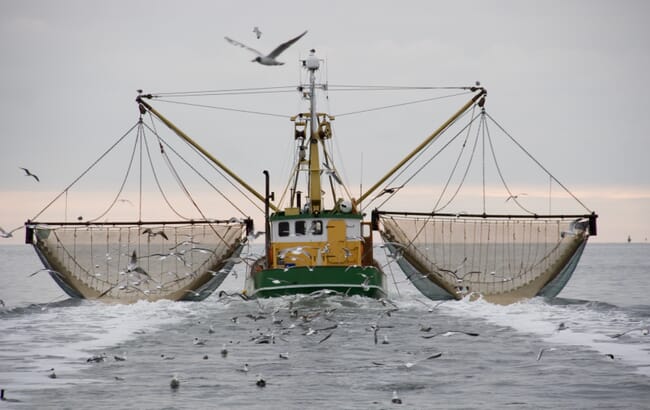
World fisheries and aquaculture production has hit a new high, with animal aquaculture surpassing capture fisheries in terms of production for the first time, according to a recently released report from the Food and Agriculture Organization of the United Nations (FAO).
The 2024 edition of The State of World Fisheries and Aquaculture (SOFIA) reports that global fisheries and aquaculture production in 2022 surged to 223.2 million tonnes, a 4.4 percent increase from the year 2020. This production comprised 185.4 million tonnes of aquatic animals and 37.8 million tonnes of algae.
Global aquaculture production reached an unprecedented 130.9 million tonnes, of which 94.4 million tonnes are aquatic animals - 51 percent of the total aquatic animal production. The report states that a comparatively small number of countries dominate the figures regarding this booming aquaculture production. Only ten countries - China, Indonesia, India, Viet Nam, Bangladesh, the Philippines, Republic of Korea, Norway, Egypt, and Chile - produced over 89.8 percent of the total.
Whilst aquaculture production rises, the FAO report states that global fisheries production remains largely stable. However, the proportion of marine fish populations fished within biologically sustainable levels followed previous trends of decline, dropping to 62.3 percent in 2021 – 2.3 percent lower than in 2019. This underscores the effect of sustained landing rates amidst the decline or instability of some commercially fished species.
“FAO welcomes the significant achievements thus far, but further transformative and adaptive actions are needed to strengthen the efficiency, inclusiveness, resilience and sustainability of aquatic food systems and consolidate their role in addressing food insecurity, poverty alleviation and sustainable governance,” said FAO director-general Qu Dongyu, in a press release announcing the report
In addition to analysis of fisheries and aquaculture production, the FAO report estimated the future trends of seafood consumption, projecting that annual per capita consumption will increase by 12 percent to over 21 kilograms by 2032. The projected increase is regional, however, as the FAO projects that aquatic food production in sub-Saharan Africa will not be able to increase in line with the growing demand, which may cause significant issues regarding nutrition and health for the countries of this region.
The continued growth of the seafood sector may lead to increased employment opportunities globally. However, the SOFIA report indicates that issues within this aspect of the seafood sector remain. Sex-disaggregated data indicated that women made up 24 percent of the overall workforce but 62 percent in the processing subsector. The report states that gender inequality issues, including differences in wages, insufficient recognition of women’s contribution to the sector, and gender-based violence still persist in the global industry.




